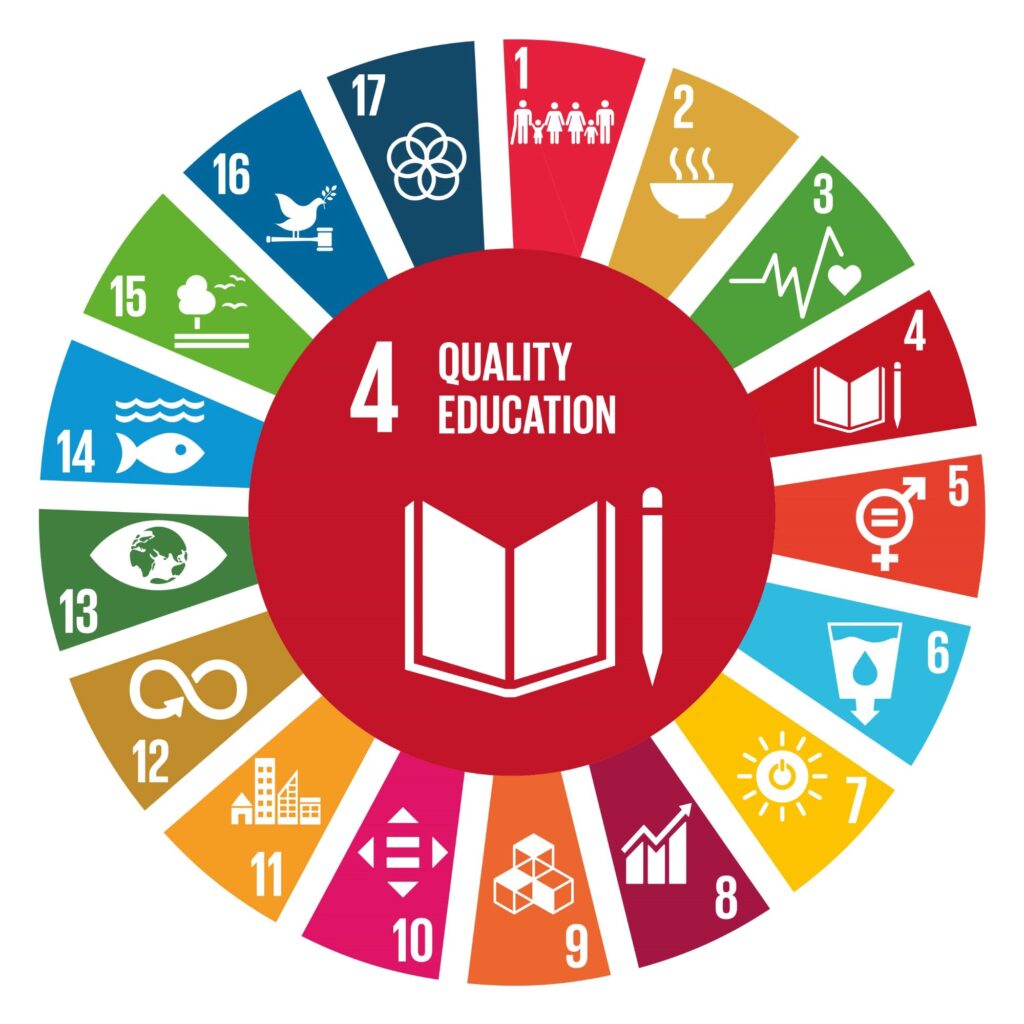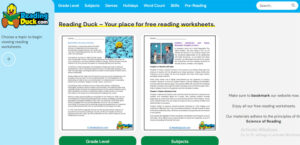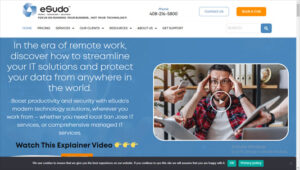World Education Services (WES) and SDG 4

World education services provide free, high-quality content to children in hard to reach places.
The United Nations Sustainable Development Goal (SDG) 4 seeks to guarantee that every child, worldwide receives the education they need to reach their full potential and be prepared for work and life in the 21st century. To achieve this, a global, border-agnostic approach must be taken in order to guarantee all children access minimum proficiency learning in accordance with their individual needs and local context.
There are countless innovative initiatives making a real difference on this issue, but they often face significant fragmentation and infrastructure obstacles. With WES, these barriers could be reduced and quality platforms that already serve millions of learners around the world could expand their reach even further.
Consequently, the WES could significantly influence minimum proficiency rates and contribute to SDG4 by working with partners who offer free high-quality content to students in hard-to-reach places around the world. To this end, they should build a global network of learning technology providers who integrate their tools with the WES on an opt-in basis – perhaps through either a “freemium” model (offering the WES for free while charging other services) or subsidised model.
Partner organisations should be required to accept the WES’ terms of service and pledge their dedication to making WES content and assessments free for learners. These could include global, national or community-based NGOs, governments, private-sector businesses or social media platforms.
Partner organisations would need to customize WES content according to the languages they serve, taking into account local pedagogical traditions. So while children in Europe might expect to learn how to count apples, those living in Africa – with a more diverse population – might require teaching different objects like bananas and vegetables.
The WES must use its expertise to map the learning needs of each child globally and guarantee that each content package provides a logical sequence. This is essential for children to build on their existing abilities while mastering new concepts without feeling overwhelmed.
A WES team should consist of instructional designers, technology specialists and partnership managers. They should be located in key global regions covered by the WES and have enough resources to offer hands-on support to learning technology providers, country level liaisons and local delivery partners as they adapt WES content for their target audiences.
They should be supported in their efforts to create WES-aligned content that is contextually tailored for their partners’ target audiences, as well as collecting feedback from teachers and learners and working with local community leaders to make improvements.
Finally, the WES should be a dynamic and autonomous team of learning and technology specialists operating under the umbrella of a UN agency and accountable for its contribution to UN SDG4. The core WES team would initially be funded by the host organisation for three years, with subsequent funds provided to expand to 10 or more employees (working at central locations) depending on emerging needs.





